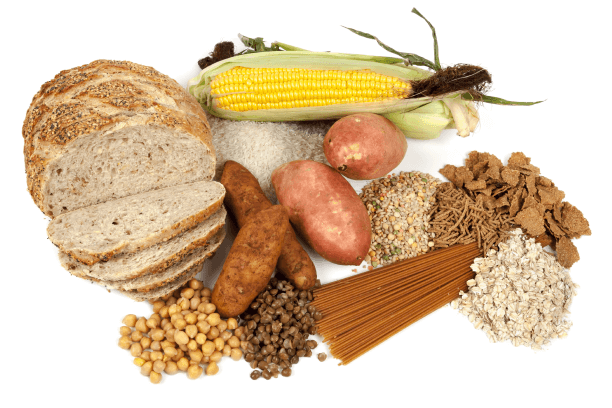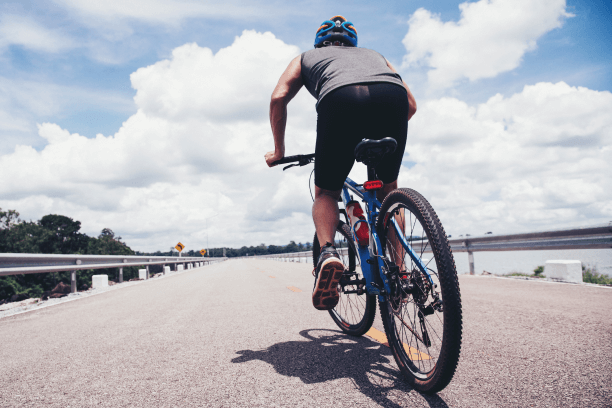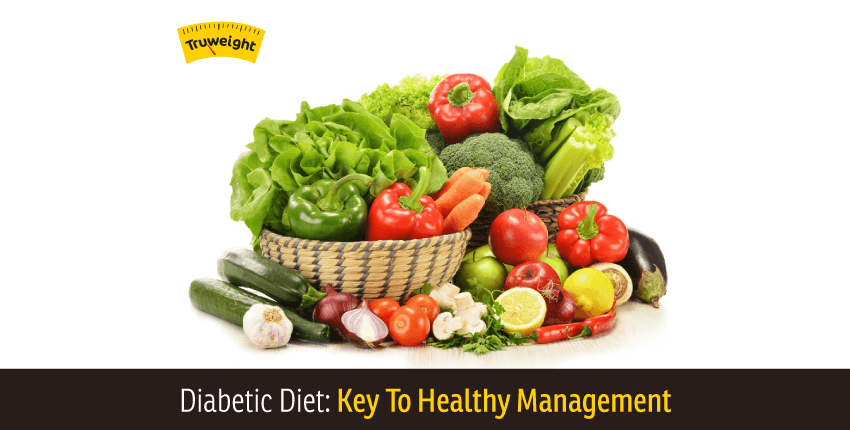Diet Plan for Weight Loss, Disease, Health
Diabetic Diet – Indian Diet Plan & Foods To Eat Or Avoid
What is Diabetes?
Diabetes Mellitus (diabetes in short) is a serious disorder that occurs when the body had difficulty in regulating the amount of dissolved sugar (glucose) in your blood stream. It arises because the body is unable to produce enough insulin for its own needs, either because of impaired insulin secretion, impaired insulin action, or both. Diabetes affects some 300 million people worldwide and is on the increase.
Diabetes was considered a disease of the wealthy in ancient India and was known as Madhumeha (sweet urine disease). It was observed that ants were attracted to the urine. The ancient Greeks coined the term “diabetes”, meaning excessive urination with dehydration, but neither they nor the Romans appreciated that the urine contained sugar; “diabetes” was considered a kidney disease until the 18th century.
Understand How Different Foods Affect Blood Glucose Levels
Carbohydrates:
Carbohydrates give you energy and should not be avoided. They should be included as part of a healthy eating plan. For optimal diabetes control, one must recognize that quantity and quality of carbohydrates are to be considered. Not all carbohydrates affect your blood glucose levels the same way.
The more refined the carbohydrate, such as sugar, the faster the glucose is released into your bloodstream. This can cause a surge in blood glucose levels, resulting in unstable blood glucose profiles. Thus, you have to watch out for refined carbohydrates such as sugary drinks and sweets.
Choose starchy carbohydrates
Starches release glucose into the bloodstream at a slower rate compared to sugars, thus providing more stable and sustainable energy levels. This not only results in better blood glucose profiles, but it is also better for appetite control.
Examples of starchy carbohydrates include rice, noodles, pasta, cereals and starchy vegetables such as potatoes.

Complex starch includes Oatmeal, yams, Brown rice, sweet potatoes, multigrain hot cereal, white potatoes with skin, 100% whole wheat bread.
Fruits like apple and veggies like broccoli, carrot, corn soluble fibres and are complex carbohydrates.
Protein
It is also important to pay attention to the other nutrients in your diet. Protein foods like chicken and fish do not contain carbohydrates so they will not raise your blood glucose levels.
Some foods contain a combination of protein and carbohydrates. These include milk and dairy products and plant-based protein foods such as beans, dhal, and lentils.
These should be accounted for as part of your carbohydrate intake and allowance.
Fiber
It is also important to increase fiber intake as fiber is known to slow carbohydrate digestion and glucose absorption, leading to better blood glucose control. Small changes such as switching to brown rice and whole grains will help.
Opt for brown rice, whole wheat noodles, and pasta, wholegrain bread, and oats in your diet, as these contain more helpful fiber.
Fat
Fat does not convert to glucose when digested but delays stomach-emptying and slows the digestion of carbohydrate in a meal. This keeps blood glucose levels elevated for longer, making it difficult to keep your blood glucose levels within the desirable range. Fat is also very calorie-dense. Reduce your total fat intake!
An easy-to-follow diet chart Simple and Effective. All you need for it is in your kitchen already!
| Meals | Foods To Eat |
|---|---|
| Early morning | 1-2 glasses of lukewarm water + lime juice + 1 tsp Methi seeds/powder |
| Breakfast | 1 bowl of sprouts or 2 no Besan Chilla or 2-3 no Egg Whites Bhurjee |
| Mid Morning | 1 glass of vegetable juice |
| Lunch | 2 jowar phulkas + 1 bowl of vegetable + 1 bowl of thin dal or curd + 1 bowl of salad |
| Evening Snack | Green tea + Roasted chana or fruit |
| Dinner | 2 jowar phulkas + 1 bowl of vegetable + 1 bowl of thin dal / Roasted Chicken / Grilled Fish + 1 bowl salad |
Click here to know What fruits are good for diabetics
The following diabetic chart has been prepared according to the food habits and the foods available in different regions of India. The diet chart will provide you with 1200- 1600 calories per day with good healthy carbohydrates and proteins in the right proportion.
Here is a yummy diabetes-friendly North Indian Diet Chart
| Meals | Foods To Eat |
|---|---|
Early Morning | Warm water with lemon juice Or Cucumber & Lemon water detox Or Green tea without sugar. |
Breakfast | One cup of porridge Or Two pieces of brown bread with boiled egg whites Or Wheat flakes with one cup of milk |
| Pre-Lunch | Cucumber, tomato, carrot, and beetroot salad Or Boiled vegetables, add a pinch of salt, pepper, and a little butter |
| Lunch | Two medium sized chappati with rajma or vegetable curry Or A fillet of baked fish |
| Evening Snacks | Green tea without sugar |
Dinner | Two medium sized chappati with vegetable curry (brinjal, capsicum, etc) except root vegetables. Or Chicken stew, two small chapatis and a bowl of curd. |
| Before Bed | A glass of warm milk with a pinch of raw ground turmeric. |
The above chart was for our lovely people from the Northern part of India, now we will take a look at the Diabetes Diet Chart for people from Eastern India
| Meals | Food To Eat |
|---|---|
| Early morning | Warm water with lemon juice Or Apple cider vinegar and warm water Or Watermelon and lemon detox water Or Green tea without sugar. |
| Breakfast | One bowl of wheat flakes with milk Or Two pieces of lightly buttered wheat bread, milk, and one boiled egg white. |
| Pre Lunch | An apple or an orange Or Raita or buttermilk |
| Lunch | Two medium sized chappati with vegetable curry Or Fish curry, one bowl or rice, and salad |
| Evening Snack | Green tea with two digestive biscuits. |
| Dinner | Two chapatis and one medium-sized bowl of daal. Or Two chapatis and chicken stew. |
| Before Bed | A bowl of curd or a glass of warm milk. |
Simple and really easy to cook food, isn’t it? If you are from the South and love South Indian food but have diabetes, here’s a diet chart designed for you. Scroll down.
| Meals | Food To Eat |
|---|---|
| Early Morning | Black coffee with two digestive biscuits Or Green tea with lemon & honey |
| Breakfast | 2-3 idlis with sambar with less salt Or Two dosas with chutney and sambar with less salt Or One small bowl of upma with chutney |
| Pre-lunch | A glass of buttermilk |
| Lunch | One bowl of rice and sambar with lots of vegetables. One bowl of curd. Or One bowl of rice with one small bowl of vegetable curry and either fish or chicken stew. One bowl of curd. |
| Evening Snack | Green tea with digestive biscuits or black coffee |
| Dinner | Vegetable clear soup or chicken soup and two chapatis. Or Mix vegetable curry, two chapatis, and curd. |
| Before Bed | A glass of buttermilk |
Oh! Don’t know about you but my mouth is watering! But we have one more diet chart to finish for the awesome people from Western India who have diabetes.
| Meals | Food To Eat |
|---|---|
| Early Morning | Lime, honey and warm water for detox Or Orange and lime juice Or Green tea |
| Breakfast | Wheat flakes and milk Or Poha and one glass of fruit juice |
| Pre-lunch | A bowl of curd |
| Lunch | Two chapatis and vegetable curry. Or Steamed or baked fish/chicken |
| Evening Snack | Green tea with two digestive biscuits |
| Dinner | Vegetable curry, two chapatis, and one bowl of curd. Or Fish curry or chicken curry, two chapatis, and cucumber salad. |
| Before Bed | A glass of warm milk |
There you have it, folks! Hope you will stick to the diet chart and improve your health significantly.
Are you planning on a Diabetes Diet?
As with any healthy diet plans, a diabetic diet is more about your overall dietary pattern rather than obsessing on specific foods. Aim to eat more natural, unprocessed food and less packaged & convenience food.
Eat more
- Healthy fats from nuts, olive oil, fish oils, flax seeds, or avocados
- Fruits and vegetables—ideally fresh, the more colorful the better; whole fruit rather than juices
- High-fibre cereals and bread made from whole grains
- Fish and shellfish, organic chicken or turkey
- High-quality protein such as eggs, beans, low-fat dairy, and unsweetened yoghurt
Eat less
- Trans fats from partially hydrogenated or deep-fried foods
- Packaged and fast foods, especially those high in sugar, baked goods, sweets, chips, desserts
- White bread, sugary cereals, refined pasta or rice
- Processed meat and red meat
- Low-fat products that have replaced fat with added sugar, such as fat-free yoghurt
Choose high-fiber, slow-release carbs
Carbohydrates have a big impact on your blood sugar levels—more so than fats and proteins—so you need to be smart about what types of carbs you eat. Limit refined carbohydrates like white bread, pasta, and rice, as well as soda, candy, packaged meals, and snack foods. Focus on high-fiber complex carbohydrates—also known as slow-release carbs. They are digested more slowly, thus preventing your body from producing too much insulin.
Try replacing foods that you like, there is always an alternative. Below are some food that you can replace to keep your glucose in check
| Fish variety (100 grams) | Protein (grams) | Omega 3 fatty acids (grams) |
|---|---|---|
| Sardines | 22 | 1.5 |
| Anchovies | 28.7 | 1.4 |
| Herring | 14 | 1.7 |
| Mackerel | 21 | 2.6 |
| Salmon | 27 | 1.4 |
| Lake Trout | 21 | 2.6 |
| Tuna | 23 | 1.5 |
| Cod | 17 | 0.2 |
Get more active

Exercise can help you manage your weight and may improve your insulin sensitivity. An easy way to start exercising is to walk for 30 minutes a day (or for three 10-minute sessions if that’s easier). You can also try swimming, biking, or any other moderate-intensity activity that has you working up a light sweat and breathing harder.
Embrace a healthy diet plan as it is the best way to keep your blood glucose under control and prevent complications.
Stay healthy and fit. Cheers!!!
You can also consult one of Possible’s nutritionists, absolutely FREE! Ask your doubts and get solutions.
Read More:
- All About Diabetes And How An Ideal Diabetic Diet Should Look Like!
- All You Need To Know About Type 2 Diabetes

Great blog. So informative and encouraging, Thank u for this post! So much good info!
Hi! We’re happy to receive your compliments and appreciation towards our article. We are glad to know that our blog was very useful to you . Keep following our blog to know such more health information.
Such a great post you shared. Keep sharing such article to inspire the world.
Hi! We thank you for sharing your feedback towards our article. We are glad to know that our blog was very useful to you. Keep following our blog to know more health information.